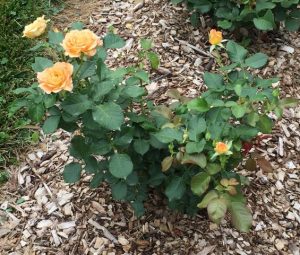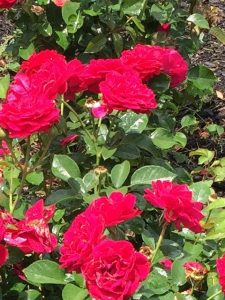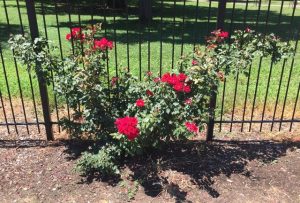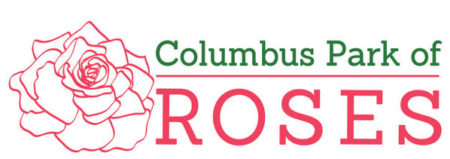The first hybrid tea rose, La France, ushered in the period of modern roses. It was developed by French breeder Guillot in 1867.
The variety was considered unique because of its elegantly shaped buds and free-flowering character. The term tea is thought to have originated from the fragrance of these roses, which is often reminiscent of Chinese black tea.
The variety has remained very successful; by the late 20th century, more than 10,000 hybrid tea roses were available commercially. Through hybridization, the variety has developed different growing habits, resulting in several new classifications that are described below.
Hybrid Tea and Grandiflora
The most popular class of modern roses is hybrid tea, characterized by large shapely blooms with 30 to 50 petals on long stems, either singly or with several side buds. A dramatic and acclaimed hybrid tea is Peace, introduced in 1945 at the end of WWII.
In 1954, the cross-breeding of the hybrid tea Charlotte Armstrong with the floribunda Floradora produced a rose with the characteristics of a hybrid tea and those of the floribunda: clusters of blooms and growing as high as six to eight feet. This was the beginning of the grandiflora class. The first rose in this class was Queen Elizabeth. Pictured above is Rotary Sunrise.
Floribunda and Polyantha
 The floribunda is characterized by its ability to produce large clusters of more than one bloom in flower at any one time. The advantage of the floribunda is its ability to bloom continually while the hybrid tea bloom cycle is every six to eight weeks. Floribundas as a class tend to be hardier, easier to care for and more reliable in wet weather than their hybrid tea counterparts.
The floribunda is characterized by its ability to produce large clusters of more than one bloom in flower at any one time. The advantage of the floribunda is its ability to bloom continually while the hybrid tea bloom cycle is every six to eight weeks. Floribundas as a class tend to be hardier, easier to care for and more reliable in wet weather than their hybrid tea counterparts.
Polyanthas tend to be smaller but sturdier plants with large clusters of small blooms, typically one inch in diameter. They’re used for massing, edging and hedges.
Pictured at right is Bordeaux Citiscape.
Miniature and Miniflora
Miniature roses are popular for both their novelty and versatility. The average plant is about 15 to 30 inches in height. The flower form and foliage are indeed miniature versions of both hybrid teas and floribundas.
Miniflora is a classification adopted by the American Rose Society in 1999 to recognize the intermediate bloom size and foliage between miniatures and floribundas — another step in the evolution of rose classifications.
Shrub — Classic and Modern
Within the class of shrub roses, there are five subdivisions: hybrid kordesii, hybrid moyesii, hybrid musk, hybrid rugosa and shrub. Shrub roses tend to be sprawling and can grow from 5 to 15 feet in every direction. They are known for their hardiness, vigorous growth and profusive flowering.
Within this group are the roses hybridized by David Austin and sometimes called English roses. Austin roses resemble old garden roses in both shape and form, however the blooms are often fragrant and recur throughout the growing season.
Large Flowered Climber, Hybrid Gigantea and Hybrid Wichurana

These varieties cover a wide range of flower forms, shapes and colors. They are characterized by long arching canes that have the ability to climb structures if properly trained and tied.
This climber is called Winners Circle.
Source: 2018 American Rose Society Handbook for Selecting Roses, American Rose Society.
